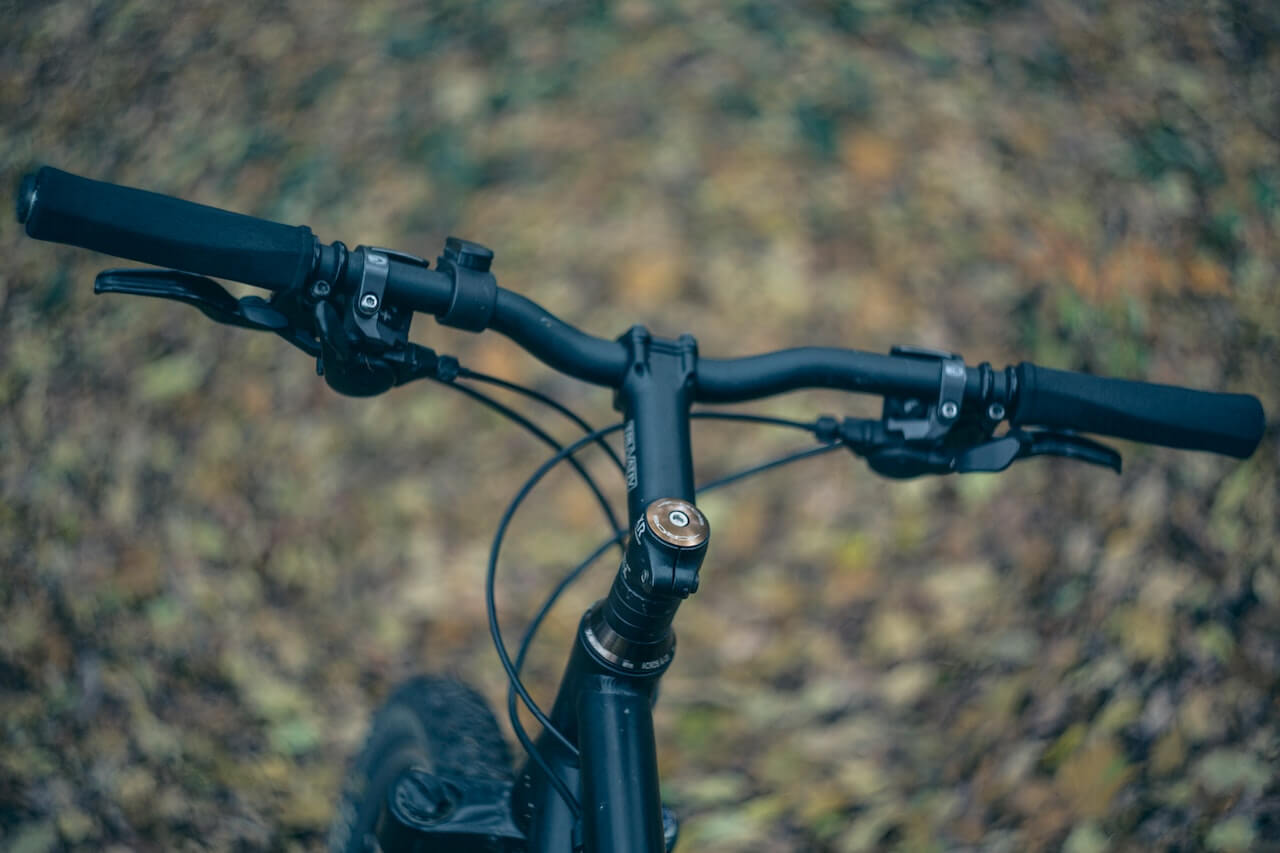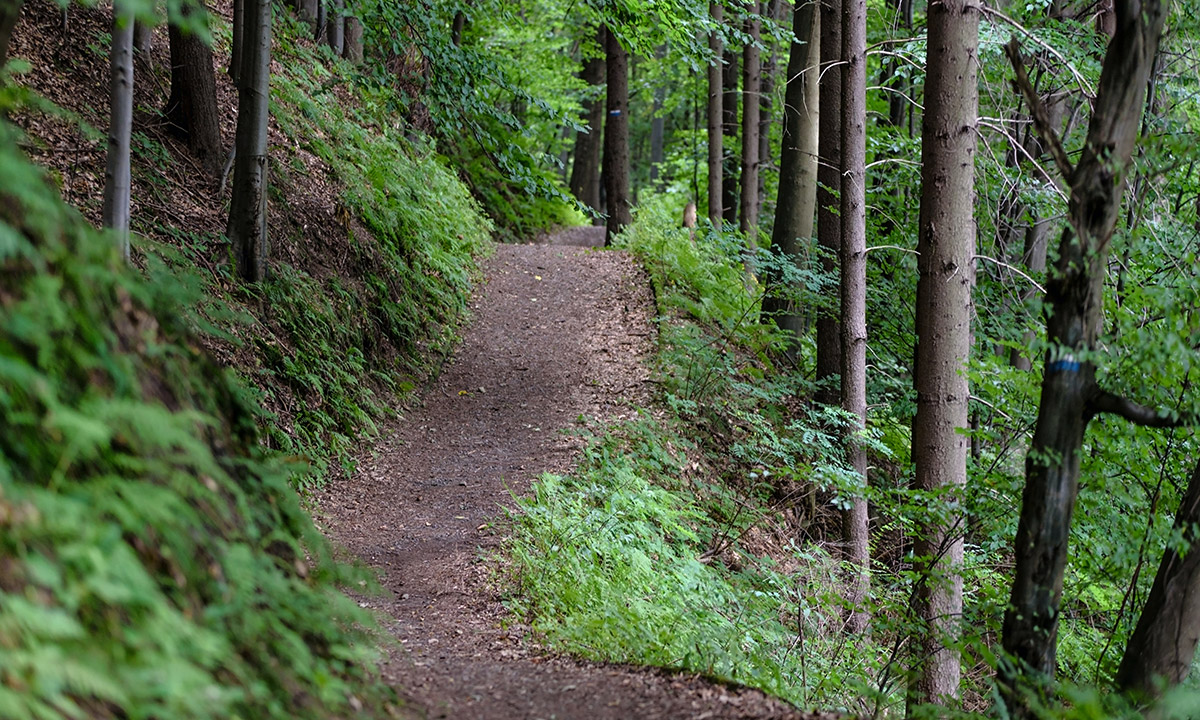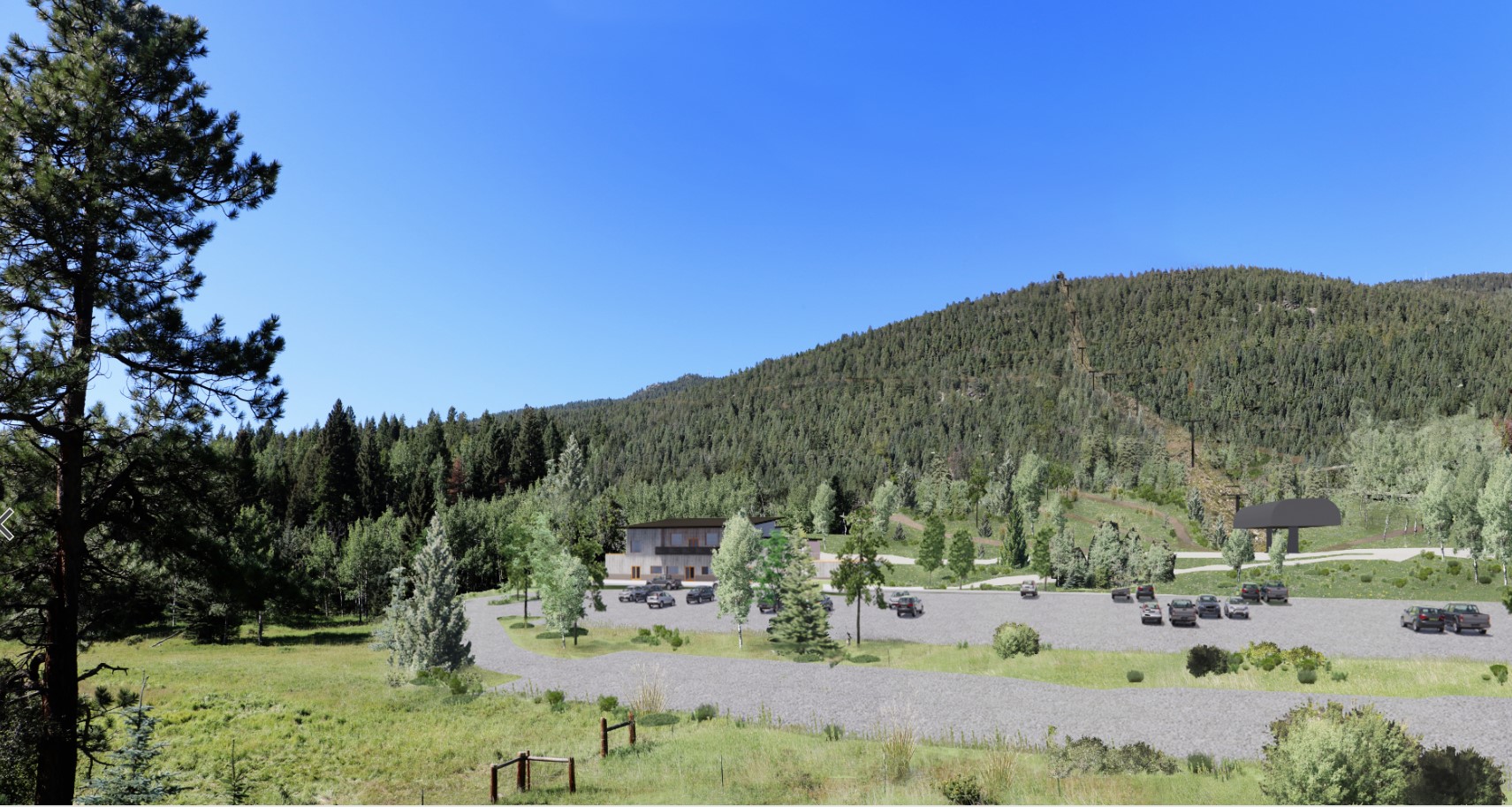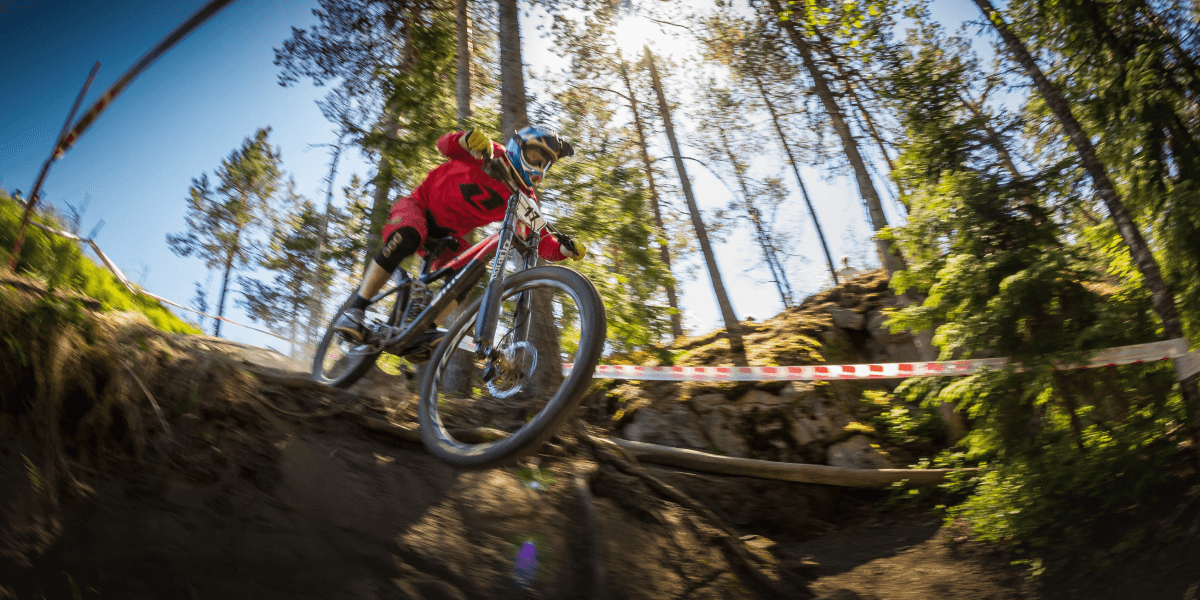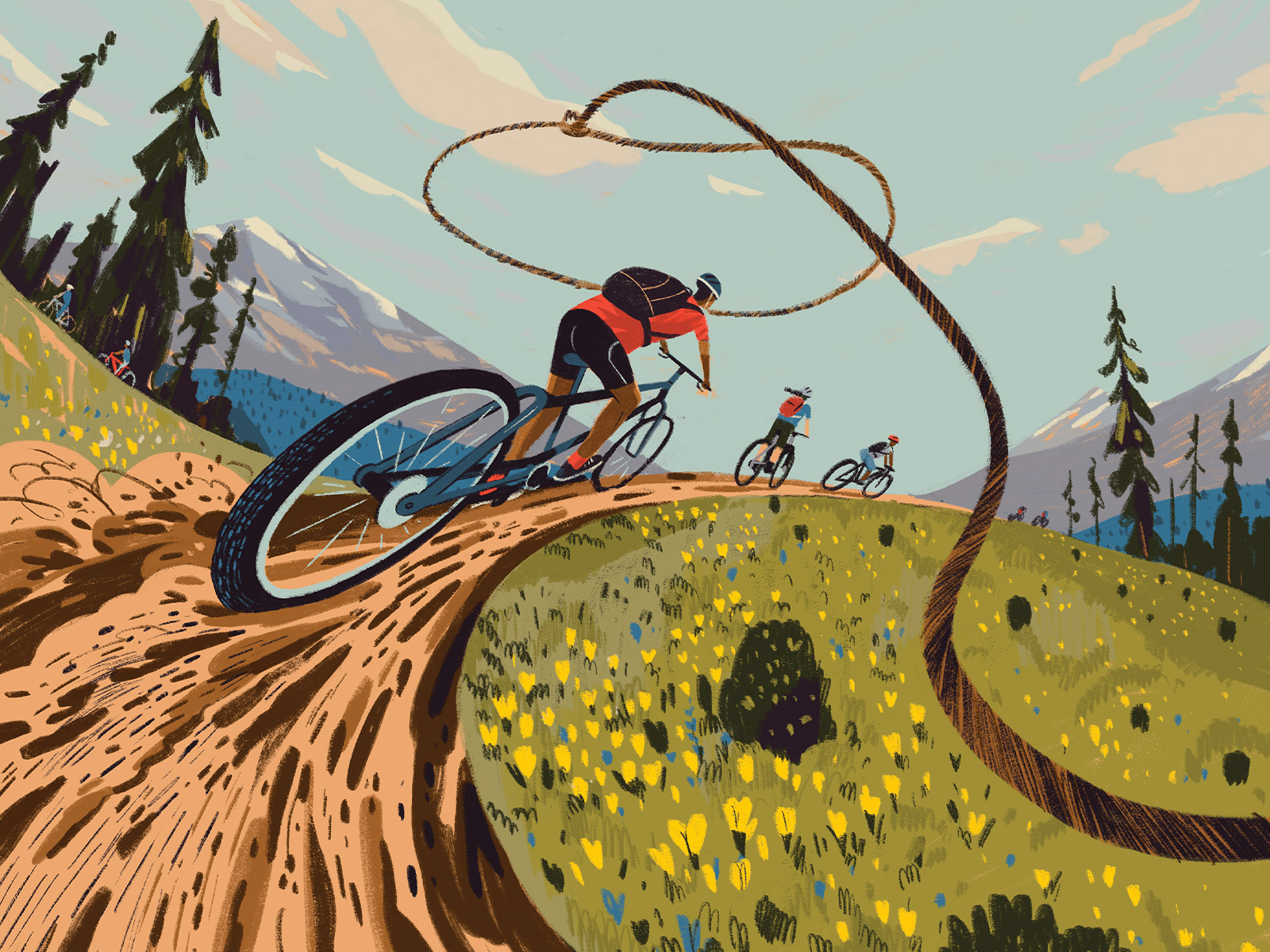Below you will find information in response to questions that were asked during the community meetings that were part of our pre-approval process with Jefferson County Planning and Zoning. We received over 700 individual questions, so we have organized them into categories and provided information that should allow people to find answers to their questions.
Please get in touch with us If you don’t see content that answers your question by filling out the form on our website (www.shadowmountainbikepark.com) or emailing us directly at info@shadowmountainbikepark.com.
Jefferson County Process:
Shadow Mountain Bike Park is pursuing approval for a special use permit that would allow the bike park to operate within the confines of the property’s current zoning, which is A2. Class 1,2 and 3 recreation are special uses allowable within A2 zoning, and Shadow Mountain Bike park is seeking approval for a class 3 recreational facility.
Shadow Mountain Bike Park submitted the application in January of 2022, which is the first step of the process. Once an application is submitted it is reviewed for sufficiency by Jefferson County’s planning staff, sent out to relevant state and local agencies for referral comments, then brought before the County’s Planning Commission and Board of County Commissioners in two separate public hearings. Ultimately the Jefferson County Board of County Commissioners make the final decision on whether the project is approved or denied. The timeline of this process is determined by the County, but could theoretically be completed with 150 days of application submission. If you have questions about any portion of the approval process you can contact our County Planner Dylan Monke at: dmonke@co.jefferson.co.us
While an independent bike park has never been built in CO, the disciplines that need to be evaluated before building one are very similar to what you would see in more common proposals. They are actually strikingly similar to what you would see during the evaluation of a state park or county open space. The County will be evaluating the park’s projected impact on traffic, wildlife, natural resources, EMS services, forest fire risk, local ecosystems, and many other disciplines. For a complete list of disciples that were evaluated you can review our application on the County’s website.
Park Specific Questions
Phil and Jason are originally from New Hampshire and now live in Denver, Colorado. More information on them can be found on the “About Us” portion of our website.
The Shadow Mountain Bike Park team evaluated many properties before selecting the Shadow Mountain property in Conifer, Colorado. There are many factors that go into selecting the location for a project like this, we believe the Shadow Mountain property is a great fit for our project and that siting it there will deliver many downstream benefits to the community.
The parcel the team has chosen for this project is owned by the Colorado State Land Board, and is about 2.1 miles down Shadow Mountain Drive from County Rd 73.
The Shadow Mountain Bike Park team has spent years developing our concept in the context of detailed market research and financial modeling, so we fully expect the business to succeed if the project is approved. However, as a part of our lease agreement we are mandated to have insurance policies in place to cover the decommissioning of assets in the event the park is unsuccessful, which will minimize the project’s lasting impact to the property.
Phil and Jason intend to own and operate the park for the duration of its lifetime. However, if the company were to be sold for any reason, the new owners would be governed by the same special use approvals that allowed for the parks construction, and would also have to adhere to the same terms that were agreed to in the lease with the State Land Trust.
On a daily basis the park will have roughly 20 employees onsite, and carry slightly more than that in total staff. The park will be professionally managed and employees will have responsibility for monitoring visitor behavior related to parking, maintaining park boundaries, trash management, wildlife interaction, forest responsibility, trail stewardship, and numerous other disciplines. Park staff will be mostly seasonal full time employees.
The park will not be open when the weather is not suitable for mountain biking, which includes snow, heavy rain, or fire activity. We are also committed to a 3 month minimum winter seasonal closure, during which there will be no ancillary winter operations occurring at the park. There are also no plans for the park to function as a dog park or public space for people to recreate with their pets.
We intend to hold special events related to mountain biking like races and competitions, especially for high school mountain bike leagues. But those events are permitted on an individual basis with the County and will need to adhere to their standards. Special community events are also permitted through the County, so if the community wanted to host an event at the park we would work with the County on determining whether the event was appropriate and whether the park would be a suitable location.
The park will be an ADA compliant facility and there will be adaptive biking opportunities. Not ALL trails will be designed for ALL capabilities however.
Property Owner
The landowner is the Colorado State Land Board. https://slb.colorado.gov/contact-us
The State Land Board leverages their land holdings to generate revenue that funds their trust. That revenue is used to support public education in the state of Colorado.
Shadow Mountain Bike Park’s lease payments will be structured as a revenue share, where a portion of the bike park’s revenue goes to the State Land Trust as a lease payment. The specifics of that long term lease will not be finalized until after the project is approved. Revenue from the park’s lease will go to support public education in Jefferson County and the Conifer Area.
We believe that the park’s existence will generate meaningful revenue that will further the State Land Board’s mission, while providing valuable stewardship of the property and delivering downstream community benefits.
Traffic / Parking
Our team is aware that traffic is a concern that a lot of community members share, and we have performed a comprehensive traffic analysis on roadways that would be impacted by our visitors. We believe the results of that study show that Shadow Mountain Drive and associated roadways are capable of handling traffic that would be produced by the park. Our traffic analysis shows the potential increases on nearby intersections are less than 15%. It would be challenging to outline the results of our traffic study here, but it can be found in our application file on the County’s website by using this link.
Shadow Mountain Drive is owned and maintained by Jefferson County. So the County will suggest roadway improvements based on our application if they deem any improvements necessary. We may also suggest certain modifications to impacted roadways once we have more concrete feedback from the County on our traffic analysis.
Our current projected hours will prevent visitors from conflicting with morning work commuters or school bus routes. We have also evaluated evacuation and believe that the park will not materially further any evacuation risks that residents face today in the Brook Forest area. We plan for the park to be open from roughly 9:30 AM to 6:00 PM.
Our parking lot will be designed to accommodate ~300 cars and will be managed with a reservation system to avoid overcrowding. On a busy day we project the park will generate fewer than 1000 trips (for clarity a trip includes a car coming to and from the park.) There will not be any parking allowed on Shadow Mountain Drive. We will use signage and take appropriate disciplinary action where allowable.
MTB Related
Shadow Mountain Bike Park will aim to attract riders who are currently riding in the Conifer and Evergreen areas on public trails. The idea being to reduce pressure on public trails and provide those riders with a better experience. We will allow e-bikes unless the County has an issue with our visitors riding e-bikes. We will also have uphill access for those who want to ride our trails but want to ride uphill.
There will be trails for all abilities with a focus on safe rider progression for all ages, not just ‘extreme downhillers’.
The mountain will offer roughly 800 vertical feet of directional riding. There will be bike and equipment rentals available, and day/season pass offerings will mirror what you would see at a local ski area in terms of structure. We have not yet specified pricing. There will not be any night riding or trail lighting. There will be no multi-directional trails, and no multi-use trails. This is for visitor safety and riding experience.
There is a documented need for more trails in Colorado and Jefferson County. Here are a few examples:
- According to this article, “Colorado Parks and Wildlife (CPW) estimates that by 2026, municipalities and state parks will need to build 3,464 more miles of trail to accommodate the state’s hunger for adventure.”
- According to this article, Colorado trails are “more crowded than ever”
- https://coloradosun.com/2022/03/13/colorado-state-parks-overcrowded/
- https://www.cpr.org/2019/09/24/colorados-crowded-trails-mean-crowded-parking-lots-jeffco-thinks-it-has-a-fix/
- This article portrays the desire for more ‘single use’ trails due to user conflict.
Forest Fire
While we won’t be using the entire State Land Board parcel for our park, we are committing to performing forest fire mitigation on the entire parcel which is over 300 acres. Our motivation for this is the fact that the entire property is in a very unhealthy state.
If a forest fire starts at the park due to negligence we will have insurance policies in place to handle the fall-out. If something like lightning were to strike, we would not be liable. However, our mitigation efforts and active management should dramatically reduce the chances of ignition from natural and artificial causes. Visitors will not be allowed to smoke, camp, or have open flames of any kind. Ski resorts have trouble patrolling smoking on the slopes. However, mountain biking and skiing are completely different sports with different participant profiles. Mountain bikers are far less likely to smoke anything while riding. The park would also be much smaller than a ski resort, and much easier to manage with staff and mitigation efforts. We would also work to do extra mitigation efforts in higher risk areas like under the lift, and gathering areas. Anyone caught smoking on the premises will be disciplined.
We have spoken with various insurance agencies related to park operations and risk. They indicate there should not be any increase in surrounding homeowners insurance premiums since a mountain bike park does not inherently increase risk of wildfire.
The safety of our visitors and the community is a high priority for us, so the park would not be open if there were any forest fires active in the area, and would close immediately if one were to start in the surrounding area. We will be able to close quickly and our riders will be able to evacuate faster than a typical homeowner, since riders only need to load their bike on their car and leave. Homeowners spend extra time packing, finding valuables, securing goods, prepping the home, etc. before leaving.
Mountain bikers as a user group do not pose any greater risk to wildfire than any other trail user group. If they did, operations like Winter Park, Whistler, Vail, and many more would not risk their infrastructure and main sources of revenue to allow mountain bikers to use their resources. Nor would any multi-use trail system.
We did conduct an evacuation study that modeled 700 cars leaving the park at the same time (which is well above our actual projected maximum number of daily visitors) to provide an absolute worst case scenario evaluation. This study suggested that the park traffic (if everyone in the area left at the same time) could add up to 30 minutes to current evacuation times. Again, this is with inflated, worst case scenario assumptions with current landscape fire risk levels and no mitigation factored in. We will continue to work to find ways to further mitigate that impact. It also suggests (with the same inflated assumptions) that the percentage of road miles that could experience severe evacuation congestion could increase from 2% to 6%.
Wildlife / Environment
Park staff will be responsible for managing visitor interactions with wildlife. If we hear of or witness unnecessary rider/wildlife interaction, we will take disciplinary action. Fortunately, we will have a lot more visibility on our visitors than park rangers get at public parks, because our staff will be more substantial and the park is a smaller, professionally managed facility. A wetland analysis has also been performed and is part of our proposal. The studies look at all animal activity year round for the property itself and the surrounding areas.
We have performed studies in conjunction with CPW and 3rd parties to evaluate the park’s potential impact to wildlife currently leveraging the property. Those studies do not show any major sensitive habitat other than general winter range for elk. We will be closed in the winter. We think a seasonal, day-use trail system is a fairly low impact way to use a property that is both zoned for development and whose landowner has a responsibility to generate revenue from.
Any human activity is detrimental to wildlife, including housing, roads, etc. This being said, we feel a seasonal, day-use, bike trail system is a fairly low impact use for this property that is zoned for development, is surrounded by development, does not interfere in any severe range or sensitive habitat, and whose landowner has a responsibility to generate revenue. We are working with CPW and relevant stakeholders to determine our projected impact and mitigation efforts where possible.
- In this article, illegal trails are being built due to trail closures for wildlife, and a lack of good rider focused trails. We believe providing riders with a superior trail experience will help reduce rogue trail building on multi-use and public trail systems causing habitat fragmentation. See article
- This article studied mountain biking effects on wildlife specifically. Though, of course, ANY human presence disturbs wildlife, “Across a number of studies, researchers found that ungulates (such as deer and elk) are equally or less likely to be disturbed by mountain bikers than by hikers, joggers, or horseback riders.” See article
Infrastructure
Our current estimate for construction is 8-12 months after groundbreaking. The chairlift may take longer due to supply chain issues. Our original plan included a potential restaurant/bar meant only to serve our customers, not the general public. However, after feedback from the community we have taken that out of our proposal. So there is no restaurant or bar with this proposal. We may sell ‘light’ food items. This would mean pre-packaged goods like gatorade, chips, snacks, and energy drinks.
There never was a proposed shopping area. We think this was misinterpreted when we disclosed a ‘retail’ aspect. This retail aspect is only for things like park branded merchandise, bike parts, and gear sales. No 3rd party vendors or retailers. There may only be food trucks to serve our guests if it makes sense.
We will have minimal lighting for security purposes only at night. We will not be open past sunset.
Chairlift
We are planning on a detachable, electric, 4-6 person chair meant to carry 4 people and 4 bikes. We are working with lift companies to determine the best way to accomplish this. We won’t know the exact heights until the lift design is complete after approval, but, for the most part, lower than typical ski lifts because we don’t have to factor in extra height for snow clearance. The estimated lift will be around 72 decibels within the tower (not outside the tower) under full load, which is about the noise of a washing machine.
We believe a chairlift will be better than shuttles for many reasons. Shuttles mean a 2-way road up and down the mountain where trucks with exhaust, noise, oil, and dust, are running all day long. Shuttle systems also introduce more risk of wildlife/environmental impacts. We think the chairlift will provide a more economical, environmentally friendly solution, while also providing the best riding experience.
Water
Our water supply will be a combination of well and trucked water. We will have flush toilets with low flow/no water and will have a commercial septic system.
Modern toilets average about 1.6 gallons per flush. Some high efficiency ones use less than 1.3 gallons per flush. There are also flushless urinals. We project our visitor water usage to be in line with a few single family homes. The permitting for our water usage would constrain us to consumption within that range as well. A visitor to our park will use far less water than an individual Colorado resident uses on average in a day. A study from Colorado State University found that “many Colorado residents use over 170 gallons of water per capita per day” See study
EMS
We will have an onsite EMS facility and staff for visitors that have incidents at the park similar to a ski patrol. We will only be relying on local EMS for incidents that require transportation to higher level care.
The timeline for incidents that do require local EMS transportation will be reduced dramatically from what it is today on public trails. On public trails local EMS needs to hike in to find the visitor, triage the incident, hike out, and prepare the visitor for transport. All of that will be handled by our staff for incidents that occur at the park.
We project that the park could reduce the overall number of mountain bike related incidents that local EMS need to respond to in the Conifer/Evergreen areas because our park will be taking a lot of bikers off of public trails and our resources will be responding to incidents that occur with those riders. At professionally managed mountain bike parks the number of annual visitors that require EMS transportation is less than 1 percent. Comparable facilities in the United States saw transportation incident rates of only .12% over the last three seasons.
Here is some information about the burden of hike in incidents on local EMS.
We will not have our own helicopter but will have a landing area should one ever need to land. SMBP is not responsible for underpayments from anyone who uses ECFPD services.

